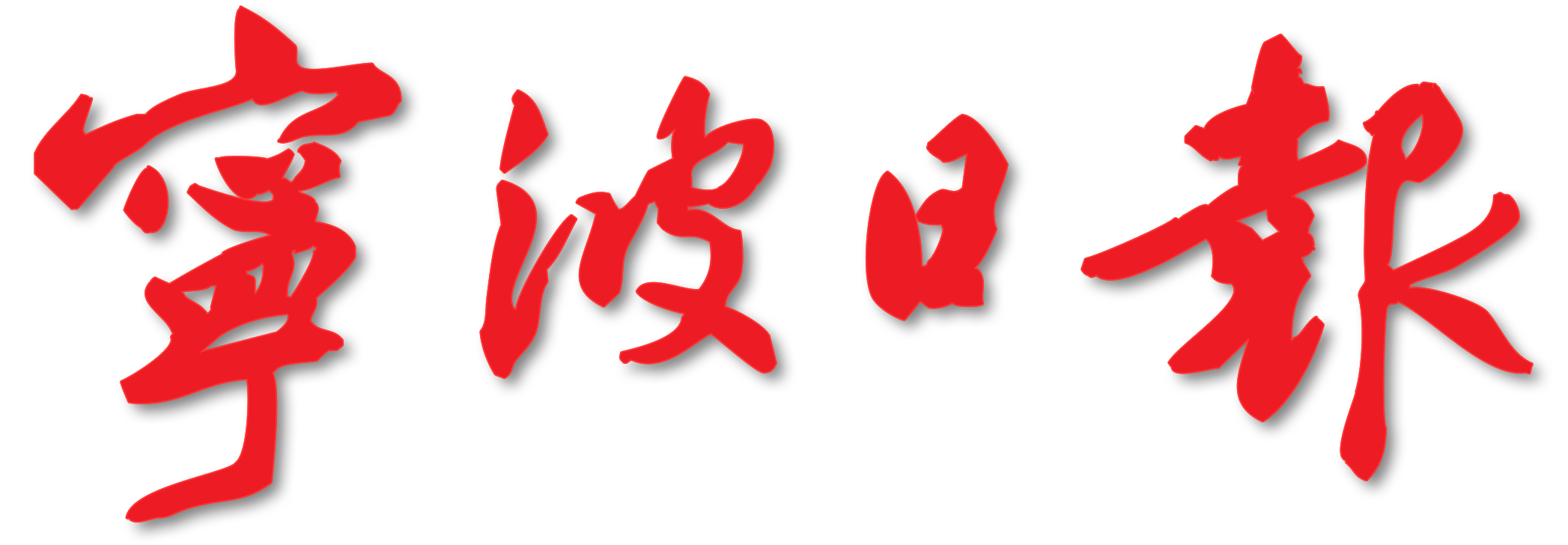By Jin Lu
In the Tengger Desert in April, millions of solar panels create a vast blue expanse. Underneath the panels are white rectangular boxes—a device known as inverters.
"These inverters act as the 'heart' of solar power systems, transforming the direct current produced by solar panels into stable alternating current that feeds into the power grid," explains Wang Yiming, Chairman of Ginlong (Solis) Technologies Co., Ltd.
Ginlong's inverters are installed in the power systems of landmark infrastructure projects worldwide, from the Eiffel Tower, a sorting center of USPS in Los Angeles, to the pavilions of the Shanghai World Expo. Currently, Ginlong's products are generating significant sales in over 100 countries and regions worldwide.
Reliability Above All
From a modest beginning with a founding team of three to having over 4,500 employees worldwide, Ginlong Technologies has risen to become one of the top three global leaders in inverter shipments since its establishment in Xiangshan, Ningbo in 2005. This growth not only stems from the booming photovoltaic industry but also from the company's steadfast commitment to innovation.
"Our founding goal was to produce high-tech, 'Made in China' products that could compete globally with other internationally renowned brands," said Wang.
In early 2006, as the global photovoltaic industry took off, Ginlong shipped its first batch of inverters, valued over 300,000 yuan, to British customers. This initial order brought in nearly 100,000 yuan in profit and a flurry of overseas orders. Nevertheless, Ginlong has always prioritized "reliability above all," choosing careful growth over rapid expansion to maintain a stellar reputation.
"Some of those orders were quite substantial—a single one could match our total sales from 2005 and 2006 combined," said Wang. "We were tempted, but our products had not yet completed six months of internal testing. Concerned about potential quality issues, we decided to reject those orders." In the solar industry, where inverters are critical and expected to last over 20 years, reliability is paramount.
According to Wang, product reliability is the bedrock of the company's survival. This principle is reflected in the company's dedication to constant improvement and excellence. At Ginlong Technologies, a rigorous testing regimen underpins product reliability. The company subjects its inverters to simulated rainfall and high-intensity impacts to evaluate water resistance. Temperature tests spanning -40°C to 60°C ensure that the devices maintain normal power output across this range. Additionally, simulated transport conditions—including jolting and high-altitude freefall—are used to verify that the inverters' performance remains steady post-transport. Overall, each product undergoes over a hundred such tests.
An Upgrade from "Heart" to "Brain"
The breakthroughs at Ginlong are closely tied to the company's commitment to innovation. In recent years, the focus has been on elevating the role of the inverter from "heart" to "brain" within their systems.
According to Wang, with advancements in electronic technology and semiconductor materials, Ginlong has incorporated intelligent control units into its inverters for smart operation and maintenance, enhancing power output quality and stability. "For instance, the intelligent curve scanning technology we use enables rapid identification of overheating spots and fractures in components. This entire detection process can be managed remotely online."
High-tech production processes match the products' sophistication at Ginlong. In the new Xiangshan factory area, automated vehicles transport materials, and the automated welding process boasts a 100% success rate. With the deployment of its photovoltaic and energy storage digital future factory project, Ginlong has cultivated a team of highly-competent R&D personnel. Additionally, the construction of an advanced string inverter and energy storage inverter intelligent manufacturing facility has significantly enhanced the company's production efficiency and quality.
"To lead in the fiercely competitive market, two key areas must be addressed," states Wang. "First, excellence in research and development, ensuring that products are continuously evolving. Second, a focus on marketing, after-sales services, and robust internal management."
Investment in scientific research is crucial for innovation and development. Committed to becoming a global leader, Ginlong has steadily increased its investment in technology research and development. The company's R&D expenditures were 9.5 million yuan and 10.46 million yuan in 2015 and 2016, respectively, and exceeded 30 million yuan annually in 2017 and 2018. In 2022, Ginlong's R&D investment surged by 74% year-on-year. Currently, the annual R&D investment tops 100 million yuan.
This increased investment in R&D has accelerated product evolution at Ginlong. Today, grid-connected and energy storage inverters have become the "twin drivers" of the company's growth, bolstering its expanding global footprint from Asia and Europe to the Americas and Oceania. "Given China's ‘dual carbon' goals, the outlook for the photovoltaic inverter and new energy power generation sectors continues to brighten. We are committed to exploring further development avenues through innovative technology," said Wang.



